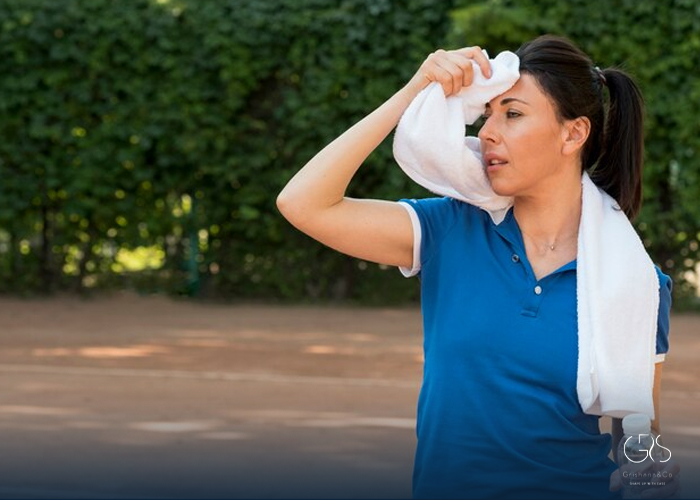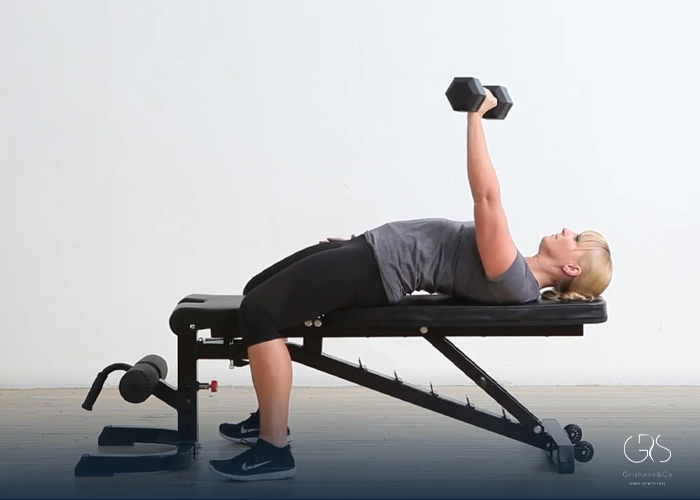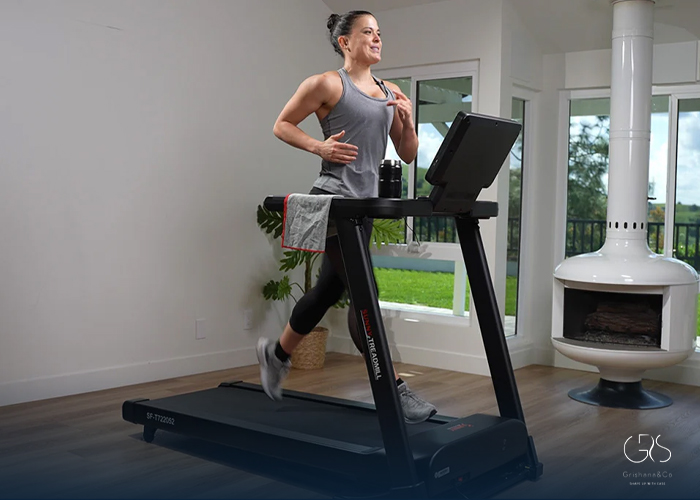Exercise is an integral part of a healthy lifestyle, providing numerous benefits for physical and mental well-being. However, the experience of nausea after a workout can leave individuals feeling discouraged and puzzled. What causes this unsettling sensation? Is it a normal response or an indication of an underlying health issue? In this comprehensive article, we will delve into the topic of “Nausea After a Workout,” examining its potential causes, prevention strategies, and management techniques. By presenting diverse perspectives and incorporating relevant statistics from reputable sources, we aim to provide a well-rounded understanding of this phenomenon.
Understanding Nausea and Its Potential After-Exercise Causes:
Nausea, characterized by an uneasy sensation in the stomach, often accompanied by an urge to vomit, can occur after vigorous physical activity. While the exact causes of post-workout nausea can vary from person to person, several factors have been identified as potential contributors. It is important to note that experiencing occasional exercise-induced nausea is relatively common, particularly among individuals who engage in intense workouts or new exercise routines.

Possible causes that contribute to post-workout nausea include:
Intense physical exertion: High-intensity workouts, such as HIIT (High-Intensity Interval Training) or weightlifting, can place significant strain on the body, affecting blood flow and digestion, which may lead to nausea.

Dehydration: Inadequate fluid intake before, during, or after a workout can result in dehydration, amplifying feelings of nausea. Proper hydration is crucial not only for overall well-being, but also for preventing exercise-related discomfort.
Dietary factors: Consuming certain foods or fluids before exercising, particularly those high in fats, fibers, or sugars, may contribute to feelings of nausea during or after a workout. Individual sensitivities and personal digestive capabilities can also influence the likelihood of experiencing nausea.

Exercise-induced gastrointestinal distress: During physical activity, blood is redirected away from the digestive system, affecting its normal functioning and potentially causing gastrointestinal disturbances, including nausea.
By acknowledging these potential causes, individuals can gain a better understanding of their own bodies and take appropriate measures to prevent or manage post-workout nausea.
Preventing and Managing Nausea After a Workout:
Attaining an exercise routine free from post-workout nausea begins with thoughtful planning and adherence to several valuable strategies. Here, we offer a range of preventive measures and management techniques to help individuals minimize or alleviate this unsettling sensation:
Proper fueling and nutrition: Tailoring pre-workout meals to facilitate digestion and fueling the body with essential nutrients can significantly reduce the chances of experiencing nausea. Consuming easily digested carbohydrates and proteins, such as whole grains and lean proteins, prior to exercise can provide sustained energy without discomfort.

Hydration: Prioritizing hydration by drinking an adequate amount of fluids before, during, and after exercise is vital for preventing dehydration-related symptoms, including nausea.
Gradual intensity progression: Gradually increasing the intensity and duration of workouts allows the body to adapt more smoothly, reducing the likelihood of experiencing nausea due to excessive strain.
Proper breathing techniques: Focusing on controlled breathing during exercise can help regulate heart rate and avoid overexertion, potentially mitigating feelings of nausea.

Post-workout cooldown: Engaging in a proper cooldown routine, including gentle stretching and deep breathing exercises, allows the body to readjust more gradually, potentially minimizing post-workout discomfort.
Identifying triggers and seeking professional advice: Individuals who consistently experience nausea after exercise should consider consulting with a healthcare professional to identify any underlying health conditions or potential dietary sensitivities that may contribute to this discomfort.
Taking a Holistic Approach: Perspectives on Nausea After a Workout:
While this article has primarily focused on the physical aspects of post-workout nausea, it is important to acknowledge the potential influence of psychological factors as well. For some individuals, factors such as anxiety, stress, or an overemphasis on performance may contribute to feelings of nausea during or after exercise. Adopting stress reduction techniques and maintaining a balanced mindset can be integral in achieving an enjoyable and nausea-free workout experience.
Conclusion:
Nausea after a workout, although unpleasant, can often be managed through preventive strategies and a deeper understanding of potential causes. By paying attention to nutrition, hydration, breathing techniques, and gradual workout progression, individuals can enhance their workout experiences while minimizing the risk of post-exercise nausea. Additionally, recognizing the potential influence of psychological factors and seeking professional advice, when necessary, can contribute to a holistic approach to managing this issue.
Incorporating diverse perspectives and relevant statistics, this article aims to provide readers with valuable insights to navigate their exercise routines more effectively, ultimately leading to a more enjoyable and nausea-free workout experience.
Sources
- Sports Science and Medicine, approximately 20% of individuals experience nausea during or after intense physical exercise
- University Medical Center Groningen in the Netherlands, nausea after exercise is more prevalent among women compared to men, potentially due to differences in hormonal response and physiological factors
- Medicine & Science in Sports & Exercise, dehydration-induced nausea can be mitigated by consuming sports drinks or beverages containing electrolytes before, during, and after exercise










